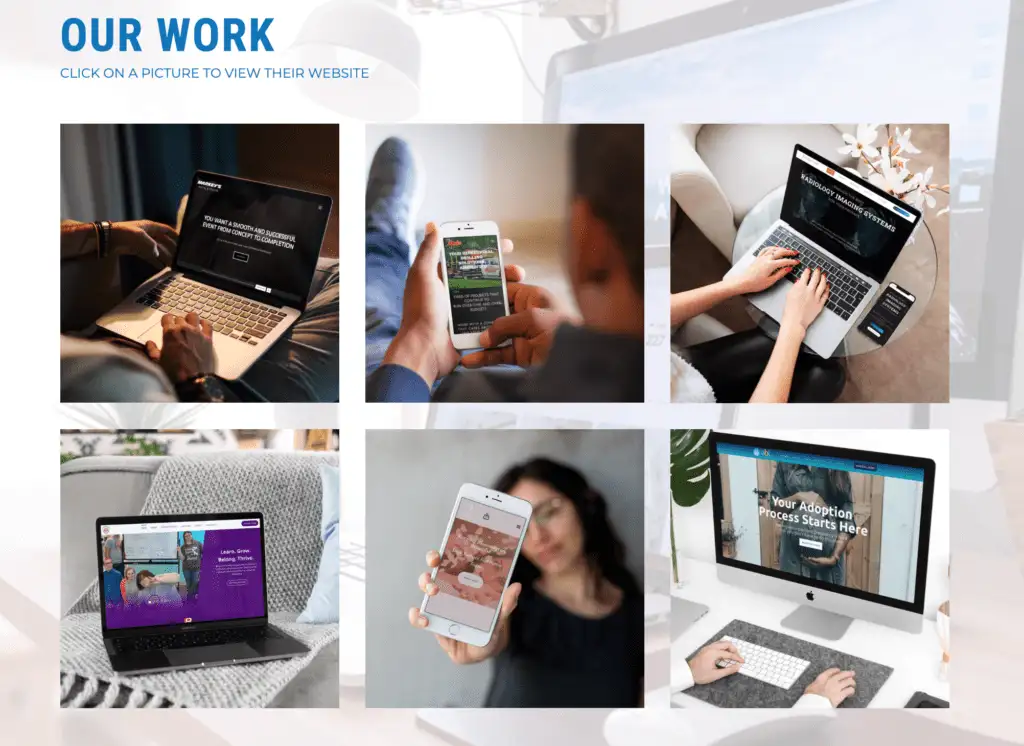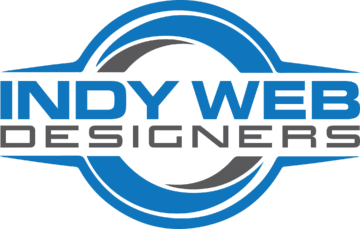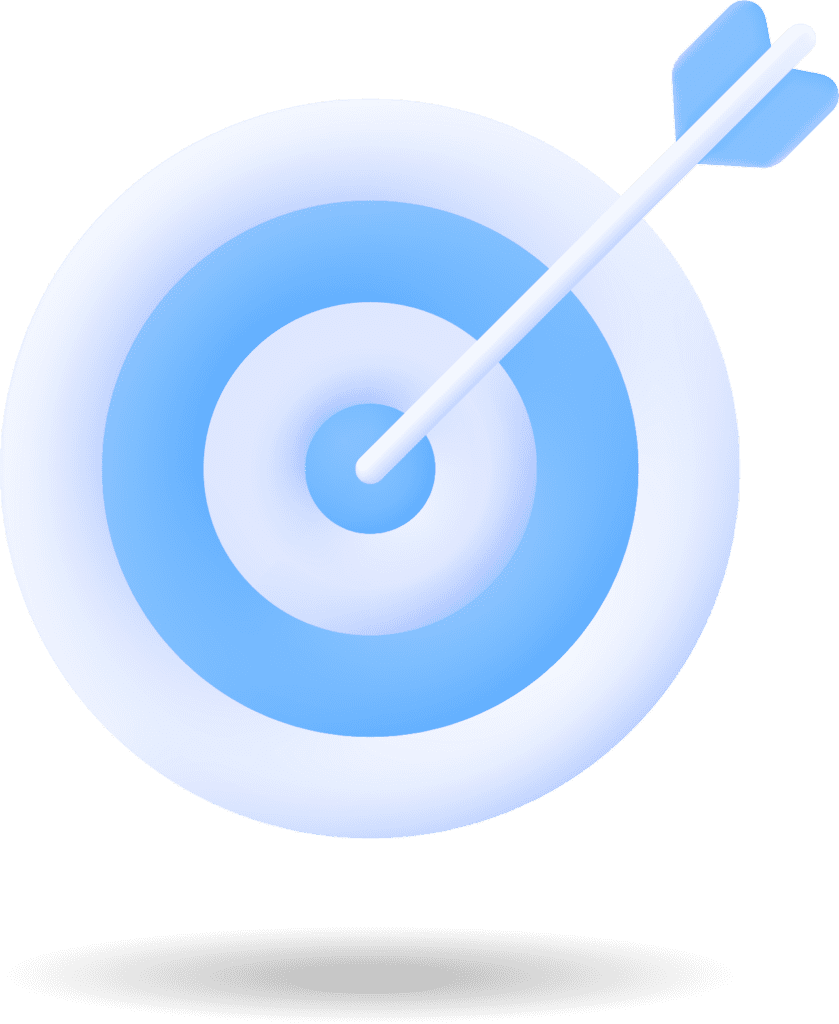
Table of Contents
- Introduction
- What is StoryBrand Website Design?
- Understanding the StoryBrand Marketing Framework
- Why Choose StoryBrand Website Design?
- Key Elements of a Successful StoryBrand Website
- Hero/Header Section
- Problem and Solution Section
- Plan Section
- Call to Action (CTA) Section
- Success and Failure Section
- StoryBrand Website Design Examples: Real-Life Success Stories
- How to Implement StoryBrand Website Design
- Applying the StoryBrand Website Framework
- StoryBrand Website Examples That Work
- Conclusion
What is StoryBrand Website Design?
StoryBrand website design follows the StoryBrand framework, which centers on the idea that your business should serve as the guide to help your customers overcome their challenges. By simplifying your website messaging and making it customer-focused, you position your visitors as the heroes of their own stories. This way, your website speaks directly to their needs, offering clear solutions without overwhelming them.
Understanding the StoryBrand Marketing Framework
The StoryBrand marketing framework was created by Donald Miller and consists of seven essential components. These elements help craft a narrative that resonates with your target audience. Here’s a breakdown of the seven elements that make up a StoryBrand approach:
- The Character (Hero): Your customer is the hero of the story, and the narrative revolves around their needs and desires.
- The Problem: Every hero faces a problem, and your website should clearly identify and address this problem.
- The Guide: Your business becomes the trusted guide, helping the hero navigate and solve their challenges.
- The Plan: Offer a clear, simple plan that helps customers move from where they are to where they want to be.
- Call to Action: This is your invitation for the customer to take the next step—whether that’s purchasing or contacting you.
- Failure: Showcase what’s at stake if the customer doesn’t take action.
- Success: Paint a picture of success, demonstrating how life will improve after the customer engages with your business.
By structuring your messaging around these key elements, you’re more likely to capture your visitors’ attention and drive them toward action.

Why Choose StoryBrand Website Design?
Adopting StoryBrand website design comes with several advantages, especially for businesses that want to communicate clearly and convert visitors into loyal customers:
- Simplified Messaging: It makes your messaging crystal clear by removing ambiguity and focusing on what matters to the customer.
- Customer Engagement: A customer-focused design makes it easier for visitors to connect with your brand and engage with your content.
- Higher Conversion Rates: With clear calls to action and a simplified user journey, visitors are more likely to take the next step, increasing your conversion rates.
- User-Friendly: StoryBrand websites are designed with the user in mind, offering a straightforward and easy-to-navigate experience.
By incorporating these principles, you create a website that’s not just aesthetically pleasing but also effective at encouraging visitors to take action.
Key Elements of a Successful StoryBrand Website
A successful StoryBrand website incorporates several important elements to make sure your messaging is clear and compelling:
Hero/Header Section
The Hero section should immediately capture the visitor’s attention. This is where your headline and sub-headline come into play. The headline should speak directly to the visitor’s problem or desire, and the sub-headline should explain how you can solve it. Use a strong call to action (CTA) that invites the visitor to take the next step.
- Hero Image or Video: Visuals should resonate with your target audience.
- Headline: Focus on the benefits your customer will experience.
- Sub-headline: Offer a brief explanation of how your product/service will help.
CTA Button: Make it action-oriented, such as “Book Now” or “Schedule a Call.”
Problem and Solution Section
This section addresses your customers’ pain points and shows how your business provides the solution. Address both the external problems (practical issues) and internal problems (emotional challenges) that your customers are dealing with.
Plan Section
The Plan section outlines the steps your customer needs to take to solve their problem. Make it simple and actionable, often in a 3-step format. This could look like:
- Step 1: Identify the problem.
- Step 2: Take action.
- Step 3: Enjoy the benefits.
Call to Action (CTA) Section
Having clear calls to action (CTAs) throughout your site is essential. The goal is to direct your visitors to take the next step—whether it’s purchasing a product, booking a consultation, or signing up for a service. Make these CTAs visible and engaging.
Success and Failure Section
This section helps highlight the importance of taking action. Show your visitors the failure they could face by not making a decision, followed by the success they will experience by choosing your solution.
StoryBrand Website Design Examples: Real-Life Success Stories
Here are a few real-life examples of businesses that have successfully implemented the StoryBrand framework on their websites:
- Chick-fil-A: Known for clear messaging, Chick-fil-A’s website focuses on serving the customer’s needs simply and engagingly.
- HubSpot: With a focus on inbound marketing, HubSpot uses StoryBrand principles to guide visitors through a seamless journey to sign up for their services.
- Ritz-Carlton: The luxury hotel chain uses the StoryBrand framework to communicate its high-end services and encourage bookings through elegant CTAs.

How to Implement StoryBrand Website Design
If you’re ready to build a StoryBrand website, here’s how you can implement the framework:
- Identify Your Customer (The Hero): Understand who your target audience is and what they need.
- Clarify the Problem: Identify the customer’s pain points and how your business can help.
- Position Your Business as the Guide: Show empathy and establish credibility.
- Create a Simple Plan: Break down the steps for your customers to solve their problems.
- Design the Website Using StoryBrand Elements: Organize the content based on the StoryBrand principles, making it easy to understand and navigate.
- Test and Optimize: Regularly test your website’s performance and make adjustments based on user feedback and analytics.
Applying the StoryBrand Website Framework
A successful website should guide visitors through a clear and compelling journey. The StoryBrand website framework ensures your website speaks directly to your audience by making them the hero of the story. Instead of overwhelming visitors with information, this framework simplifies messaging and focuses on solving customer problems. By structuring your site with a clear header, engaging content, and a strong call to action, you create a seamless experience that leads to higher engagement and conversions.
The StoryBrand website framework also emphasizes consistency across all pages. Whether it’s the homepage, service pages, or contact forms, the messaging should align with your brand’s story. This helps visitors quickly understand what you offer, how it benefits them, and what steps they need to take next. When implemented correctly, this framework can reduce bounce rates and improve customer trust, ultimately driving more leads and sales.
StoryBrand Website Examples That Work
Many businesses have transformed their online presence by following the StoryBrand approach. Some of the best StoryBrand website examples feature a clean design, customer-focused messaging, and a clear value proposition. Companies that use this strategy effectively place their customers at the center of their branding, making it easy for visitors to see how their problems can be solved.
For instance, brands that follow StoryBrand website examples often use engaging visuals, minimal text, and strong CTA buttons to guide users. They avoid cluttered layouts and technical jargon, ensuring their message is accessible and actionable. If you’re looking for inspiration, reviewing well-optimized StoryBrand websites can give you ideas on improving your own site’s effectiveness.
Conclusion
Adopting StoryBrand website design can transform your website from a standard business site into a customer-centric platform that drives conversions. By focusing on your customer’s journey and telling a story where they are the hero, you create a site that’s easy to understand, engaging, and effective at encouraging visitors to take action.
Take the time to implement the StoryBrand framework with Indy Web Designers and watch your website become a powerful tool for growing your business.


David McArdle is the founder of Indy Web Designers and The Virtual Marketing Directors. When he is not helping small business owners create websites that grow their businesses he enjoys running, biking and any excuse to be outdoors. As a StoryBrand Certified Guide, David has found his calling helping small businesses communicate what they do in a way that actually helps businesses grow.
David McArdle is the founder of Indy Web Designers and The Virtual Marketing Directors. When he is not helping small business owners create websites that grow their businesses he enjoys running, biking and any excuse to be outdoors. As a StoryBrand Certified Guide, David has found his calling helping small businesses communicate what they do in a way that actually helps businesses grow.


